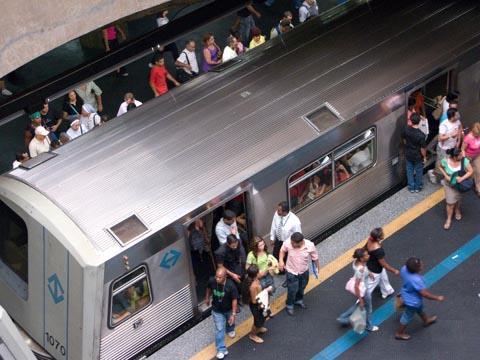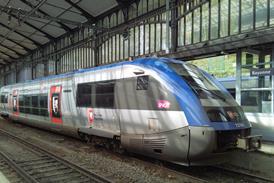
BRAZIL: São Paulo state governor Geraldo Alckmin called tenders for a PPP concession to develop metro Line 6 (the Orange line) on January 30. The project is valued at an estimated R$7·8bn and construction is due to start in July 2014. The concession will run for 25 years, allowing six years for construction and 19 for operation and maintenance.
Up to 50% of the estimated cost will be provided by public-sector parties, including an expected R$2bn from national development bank BNDES. Line 6 will be included in the city-wide metro fare structure, with the concessionaires being paid R$1·50 per passenger journey.
The 15·9 km first phase of Line 6 will start at São Joaquim in the city centre, where interchange will be provided with Line 1. It will then run northwest through Higienópolis to connect with CPTM suburban services at Água Branca. Line 6 will terminate at Brasilândia, beyond which there will be a depot. There will be 15 stations in total. In addition to the interchange at São Joaquim, connections will be provided with Lines 4, 7 and 8.
The standard-gauge line will be equipped with CBTC, allowing for automatic train operation. The first phase will include 13·3 km underground.
The line will require a fleet of 23 air-conditioned six-car trainsets, of which up to 20 will be needed in operation at peak times. The trains will run at an average speed of 36 km/h, giving an end-to-end journey time of 49 min. Each trainset will have a capacity of 1 620 passengers, and demand is forecast at 630 000 passengers per weekday once the line opens in 2020.
The Line 6 extension is part of broader expansion plans for São Paulo’s metro and suburban networks, including a link to Guarulhos International Airport.




































